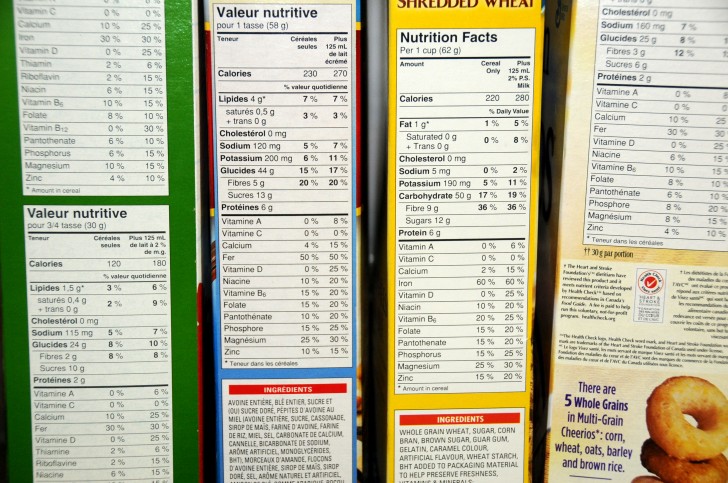

To get through the day with enough energy, the right number of calories is needed. 10g of carbs x 4 calories = 40 calories.50g of protein x 4 calories = 200 calories.You would make these calculations to see how many calories make up each one: Let’s say a can of soup with 330 calories reads the following: The caloric amount of each component is determined by its weight. Kilocalories (food calories) are made up of three parts: If you’re curious to learn more about how our metabolism works, we recommend starting your research here.

It turns out that burning calories is not a figurative concept.For example, 700 grams of corn is roughly 280 ml worth of ethanol. Food has the capability to be turned into energy like electricity.When a food label indicates that a can of soda is 200 calories, it means 200 kilocalories or 200,000 calories. For that reason, food calories are more accurately called kilocalories-you might have noticed both terms used on different food packaging. One calorie of food is actually 1,000 calories.It takes 4,184 joules (one calorie) to heat one gram of water at one degree Celsius.One calorie is the same as 4,184 joules (the measurement of a unit of energy in physical sciences) We will take the liberty to say that this is not the most scintillating of information, yet it’s important to know these fundamentals.Īfter all, food is our trade. Since the discussion of health and calorie intake is hitting the restaurant industry hard, we wanted to provide you with a digestible (pun intended) resource on calories and how they work. Unfortunately, even if you adhere to ordering from these “healthy” menu offerings, you may still find yourself struggling to lose weight. Such details have been welcomed by millions of consumers who are watching their waistlines. Many even make specific promises about their food choices by providing nutritional information guides and even list macronutrient details right on their menus. Restaurants and fast-food chains are pitching everything from fat-free, no carbs, low calories, high fiber, and other specialty menu items. Yet, all the marketing hype projected by restaurants can sound quite convincing. The Ins and Outs of Caloriesīy now, it is probably clear to most consumers that eating out is may not always be the healthiest choice. While your most sinful dish might not even get close to having 2,000 calories, now is the right moment to ask: Just what are we serving our customers?Īs it turns out, restaurants that provide caloric information are viewed more favorably by customers. You can read more about it here, along with information about registering with the FDA as a single restaurant, food truck, or small chain. A recent law requires chain restaurants (with 20 locations or more) to include calorie counts on menus. The FDA Wants to Help Inform DinersĪmid an arduous back and forth between lawmakers and the FDA, the FDA made a game-changing decision in 2016. ribeye steaks and three sides of garlic mashed potatoes.” The number of calories in this dish is an astronomical 2,404. Who would have guessed that an omelet with a side of pancakes from iHop has 1,990 calories in it? Or that the Cheesecake Factory’s Warm Apple Crisp has double the calories as a regular slice of cheesecake (1,740)? They say meat and potatoes are a nutritious meal unless you order the Herb Prime Rib from Outback Steakhouse, which health describes as having the “nutritional equivalent of having ordered three 10 oz. To make matters more controversial, plates that seem as though they would be on the healthier side end up being some of the worst. Yet there are popular dishes being served in chain restaurants nationwide that have nearly or more than 2,000 calories-sometimes in one item alone. The recommended daily intake of calories depends on age, gender, and activity level, but the range for adults is about 1,600 to 2,400 calories, according to WebMD. Or…should customers know when they are eating an extremely high number of calories? Customers should be able to treat themselves, so if it tastes good, serve it up! Right? It’s not that you are being encouraged to change the recipe of your highest-selling dessert. It’s this exact question that restaurants are being posed right now. Why do we have them? We need them to function, yet we can’t have too much of some more of others are better. They’re essential to our lives, but in excess, they become dangerous.Ĭalories. They beseech us from billboards and beckon us during office meetings. Day in and day out, we are exposed to invincible desirable forces.


 0 kommentar(er)
0 kommentar(er)
